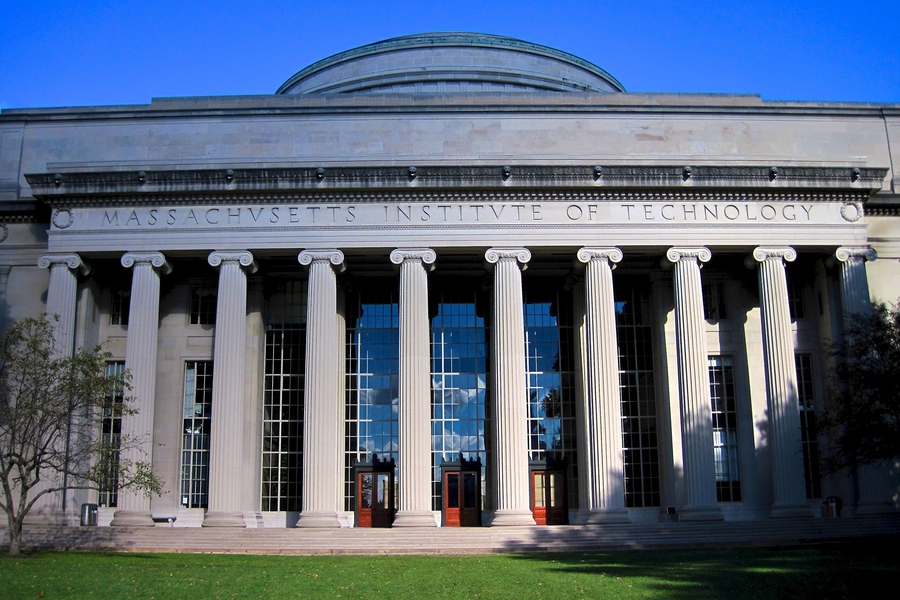MIT will further boost its undergraduate financial aid budget for the 2019-20 academic year. The 4.9 percent increase in financial aid will counterbalance a 3.75 percent increase in tuition and fees.
The Institute will commit $136.3 million for financial aid next year. The net cost for an average MIT student receiving need-based aid will be $22,500 in 2019, a 29 percent reduction compared to 2000, when the net cost was $31,860 when converted to current year dollars (based upon the CPI-U index for June 2000-June 2018).
“We cannot say it enough: Our students are the most important ingredient in making MIT the special place it is,” says Vice Chancellor Ian A. Waitz. “We work tirelessly to find ways to keep the doors of MIT open to extraordinary, imaginative, and ambitious thinkers and doers — independent of their financial circumstances. Once they are here, our goal is to make sure they can focus on exploring their academic and personal passions.”
The estimated average MIT scholarship for students receiving financial aid next year is $51,500. More than 30 percent of MIT undergraduates receive aid sufficient to allow them to attend the Institute tuition-free. Financial aid packages cover the rate of living in a double in a Tier 1 residence hall and the cost of the most extensive meal plan, providing the most meals per week.
For undergraduates who do not receive need-based financial aid, tuition, and fees will be $53,790 next year. With average housing and dining costs included, students not receiving financial aid will pay $70,180.
MIT is one of only five American colleges and universities that admit all undergraduate students without regard to their financial circumstances; that award all financial aid based on need; and that meet the full demonstrated financial need of all admitted students.
For students with family incomes under $90,000 a year and typical assets, MIT guarantees that scholarship funding from all sources will allow them to attend the Institute tuition-free. While the Institute’s financial aid program primarily supports students from lower- and middle-income households, even families earning more than $250,000 may qualify for need-based financial aid based on their family circumstances, such as if two or more children are in college at the same time.
About 58 percent of MIT’s 4,550 undergraduates receive need-based financial aid from the Institute and 18 percent receive Federal Pell Grants, which generally go to U.S. students with family incomes below $60,000.
MIT treats the Pell grant in a unique way to further support low income students. Unlike most other colleges and universities, MIT allows students to use the Pell grant to offset what they are expected to contribute through work-study during the semester and the summer. MIT also changed its financial aid policies this year to provide more support for U.S. veterans.
In 2018, 72 percent of MIT seniors graduated with no debt; of those who did assume debt to finance their education, the median indebtedness at graduation was $14,840.










